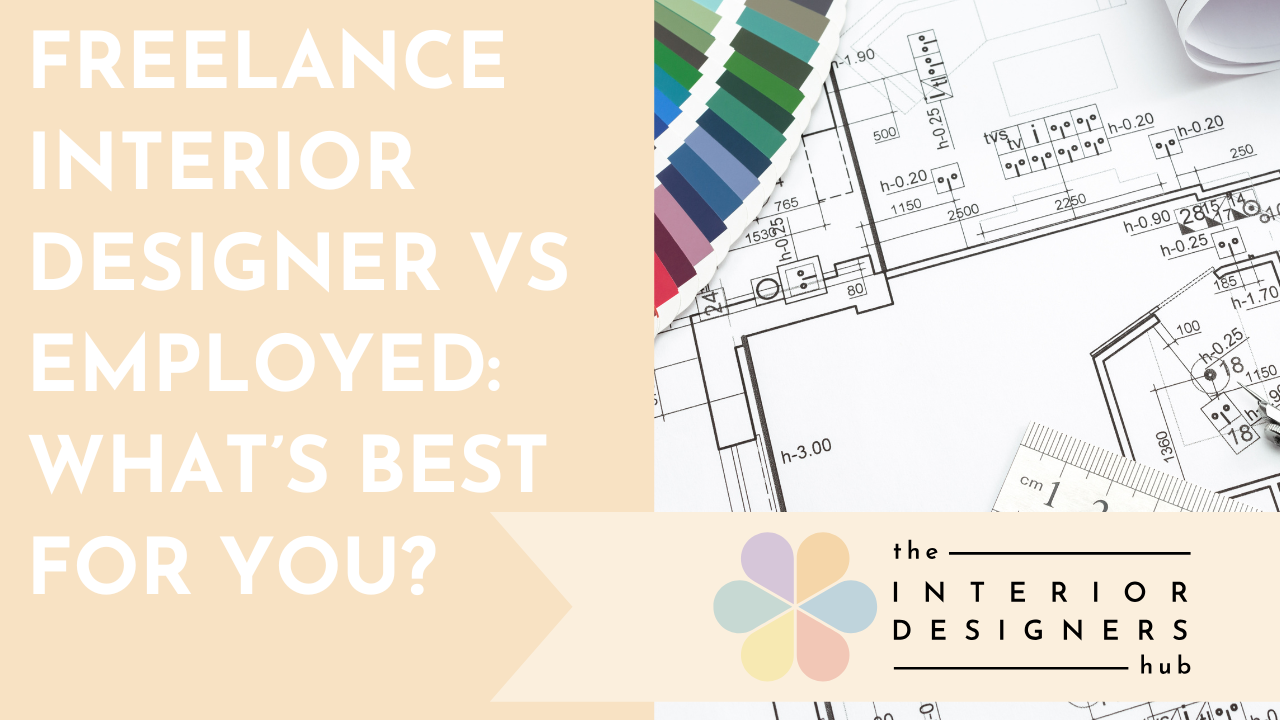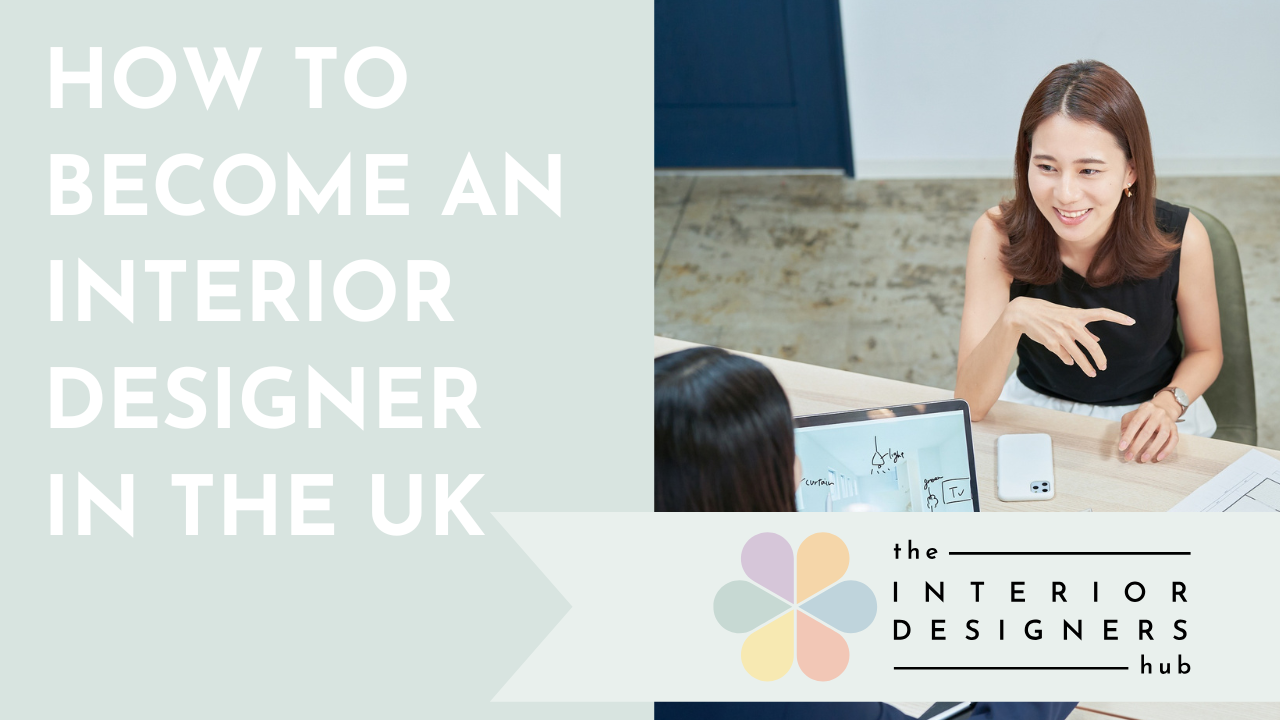How to Get an Interior Design Portfolio When You’re Just Starting Out

The Interior Design Portfolio Dilemma: A Catch-22?
As a budding interior designer, you're faced with a common challenge: you feel that you need a strong portfolio to attract clients, but you need clients to build a strong portfolio. It's a classic catch-22.
However, don't let this deter you. There are several creative and effective ways to showcase your design skills and build a compelling interior design portfolio, even without real-world projects.
You are likely putting together your website in readiness to launch your interior design studio and then it hits you! You need an Interior Design Portfolio page to showcase your style and attract your first clients.

It’s all very well for those designers who have worked on lots of projects, and have wonderful photos to show. But what do you do if you are a newbie? What if you've never had an actual, real, paying client before? What if you don't have those wonderful after shots?
Well, Here's what you can do to bring a portfolio together:
1. Be clear in your branding
Your website is a showcase of what style of interior design you offer, and what sorts of services you offer. It can be really tempting when you are starting out to think that that you will serve anyone and everyone, but that's a seriously bad idea.
Let's say you want to design modern country interiors. Your branding needs to show this: from the fonts you use to the colour schemes you choose, to the images that you present. We have a whole section of trainings dedicated just to branding in our Hub Insiders membership site (we take it that seriously) but for now there are a couple of online tools which will get you started to create a cohesive brand image;
You can access completely free tools such as Canva (which we use to create all our graphics at the Interior Designers Hub) or you can pay someone to be creative on your behalf at a site such as Fiverr.
2. Align your logo with your brand identity
You need a logo which encapsulates your brand and communicates your message. If you want to design modern country interiors then make sure that your logo and every image you have on your site fits in with that style.
If you designed an art deco room for your friend as a favour, don't put those images on your website, no matter how impressive they are, as they send out a confusing message. Your website visitor (and potential first interior design client) will click away within seconds if they don't think that the look and feel of your website suits them.

3. Use your own home
If you've never had a client before and you don't have any photographs of projects you've worked on, using images from your own home can work well. Most people who go into interior design are passionate about what they do, and they will have 'cut their teeth' on decorating their own home. You may also have been asked by friends and family to help them with a decorating project, so use this work to showcase your designs.
Just because it wasn't paid, doesn't mean it isn't valid!
Remember, you don't have to take photographs of a whole room. You can create small vignettes or style a small corner of a room to give a taste of your style.
4. Hire an Interiors Photographer
The thought of hiring a photographer may seem a bit scary at first, or like an unnecessary expense. However, a good interiors photographer is worth their weight in gold. The angles that they see, the way they use light, the quality of the equipment (and hence the results they get) are not easy to replicate by yourself. If you can stretch your budget to hiring a photographer, it is highly recommended, but make sure that you do your research first. Just because someone calls themselves a photographer, doesn't mean they're good. And how do you know if they are good? By looking at their portfolio of course!

5. Create Design Boards & Sketches
Even if you have never worked with a real live client before, you can still show off your design skills, on designs you have created. Professional looking design boards, floor plans and elevations showcase your work, and they are easy to create from the comfort of your own home.
6. Create SketchUp visuals
SketchUp is a powerful tool for interior designers, especially those just starting out. It allows you to create 3D models of your design concepts, bringing your vision to life even without real-world projects.
By using SketchUp, you can easily experiment with different layouts, color palettes, and furniture arrangements. You can create floor plans, elevations, and even photorealistic renderings. These renderings are particularly useful for showcasing your design style to clients. They provide a clear and immersive view of your proposed design, helping clients visualize the final outcome.
We offer full training in SketchUp which takes you from drawing your first line to photo-realistic renders which (when done well) you would be hard pushed to tell from a photograph. If you include these on your portfolio page you should reference the fact that they are for illustrative purposes and included because they are typical of your design style and not pass them off as actual designs you have created.
We call our SketchUp training 'SketchUp's Not Scary' because it really isn't and you could be creating stunning visuals in no time at all. You can find out more info here.

7. Testimonials
Testimonials are a little trickier to get, but not impossible! Think about who you could ask for a testimonial. Perhaps you have given a friend some interior design advice that was helpful, or maybe you went shopping with a relative to help them pick out fabrics. Perhaps you used to work with someone and they can write about how reliable you are, or your excellent customer care skills.
8. Design Challenges and Competitions
Test your skills by participating in design challenges and competitions to gain experience and recognition. These will give you a great opportunity to showcase your work to a wider audience, gain valuable feedback and deliver the added benefit of being able to use your entries as portfolio pieces to showcase both your creativity and problem-solving abilities.
If you win of course the publicity alone could be enough to set you up with your first few clients - you never know!
9. Networking with other designers
If you can find a local designer who is looking to take on some additional help with an upcoming interior design project you could fulfil that role and agree that the you could utilise some of the finished images on your website. The fact that you were supporting another designer would need to be clearly stated but this can be done in inventive ways which would be of benefit to the new designer… Maybe a glowing testimonial from the established interior designer about how much you contributed to the scheme alongside a couple of beautiful images? This is validation by association and can be a very powerful tool.
Until next time x
Not sure how to set up and run your own business?
👇 Grab our step by step roadmap and stop guessing! 👇
By submitting this form you consent to receiving marketing emails. You can subscribe at any time.









